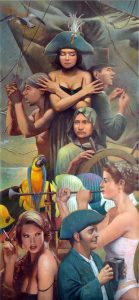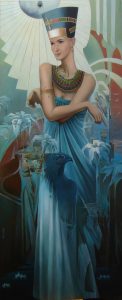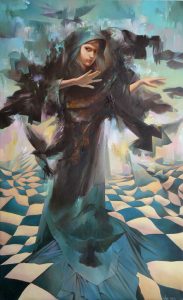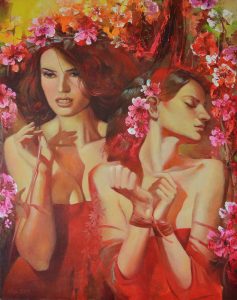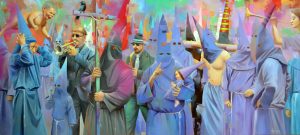The formal elements, those aesthetic effects created by design, upon which figurative art is dependent, include line, shape, color, light and dark, mass, volume, texture, and perspective,[2] although it should be pointed out that these elements of design could also play a role in creating other types of imagery — for instance abstract, or non-representational or non-objective two-dimensional artwork. The difference is that in figurative art these elements are deployed to create an impression or illusion of form and space, and, usually, to create emphasis in the narrative portrayed.
Generally speaking any form of modern art which retains strong references to the real world can be defined as figurative. It should perhaps be mentioned that since historical times all art was figurative in one way or another. That said, the artist used his or her judgement to define what was seen. It could be called a form of stylisation, influenced by the cultural expectations of image that prevailed. Shapes and structures could be idealised to reflect the artist’s thoughts of beauty. To do this sometimes meant simplifying the form, perhaps even creating an abstract shape to refine the image.
Within figurative art there is an importance given to structure, shape, volume and perspective defined through the use of colour, tone, light and shade, though not necessarily used all together or all the time.









